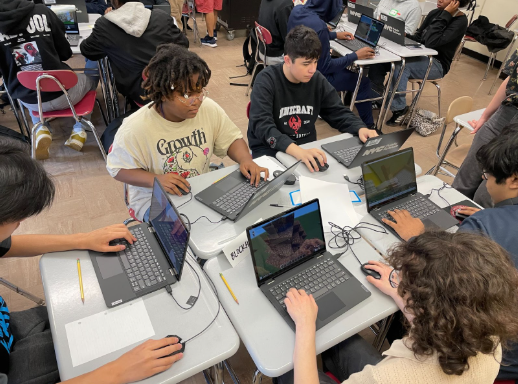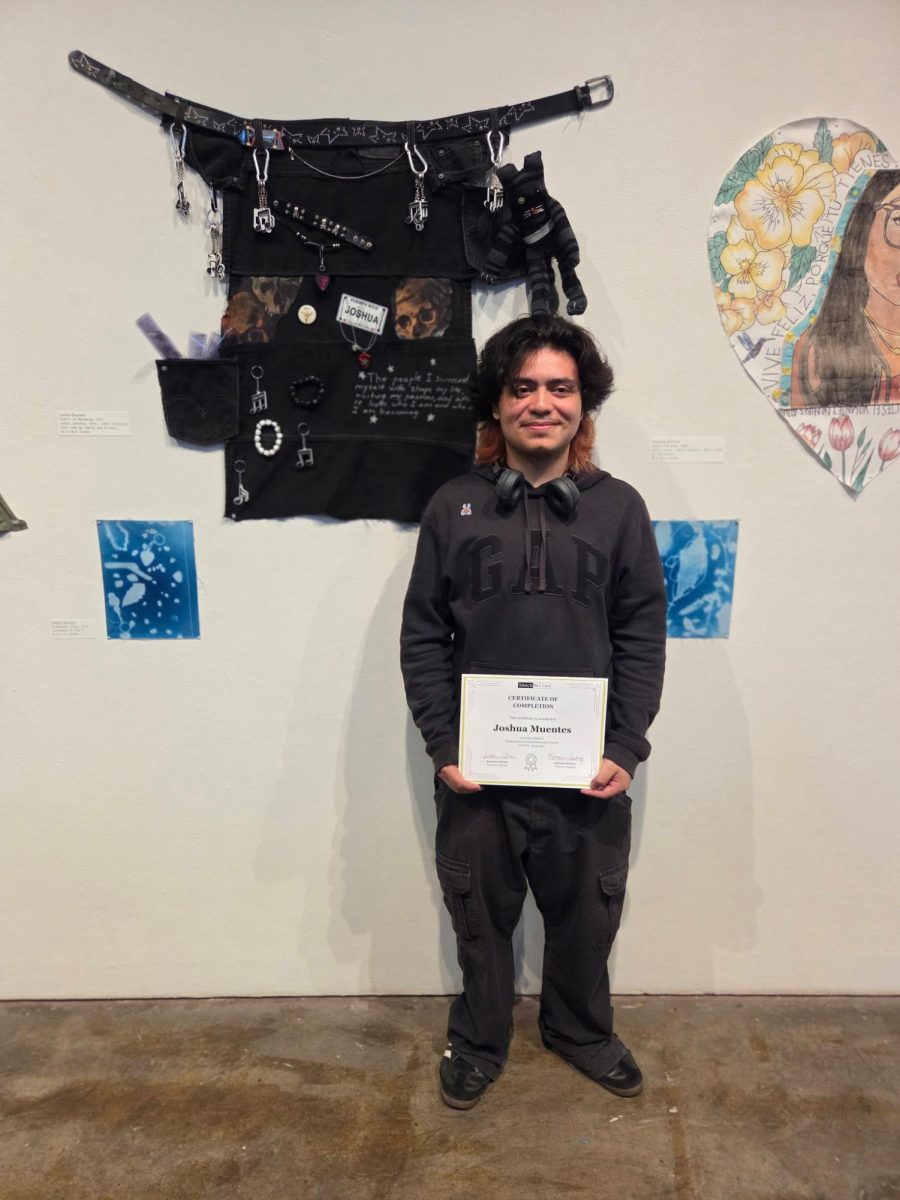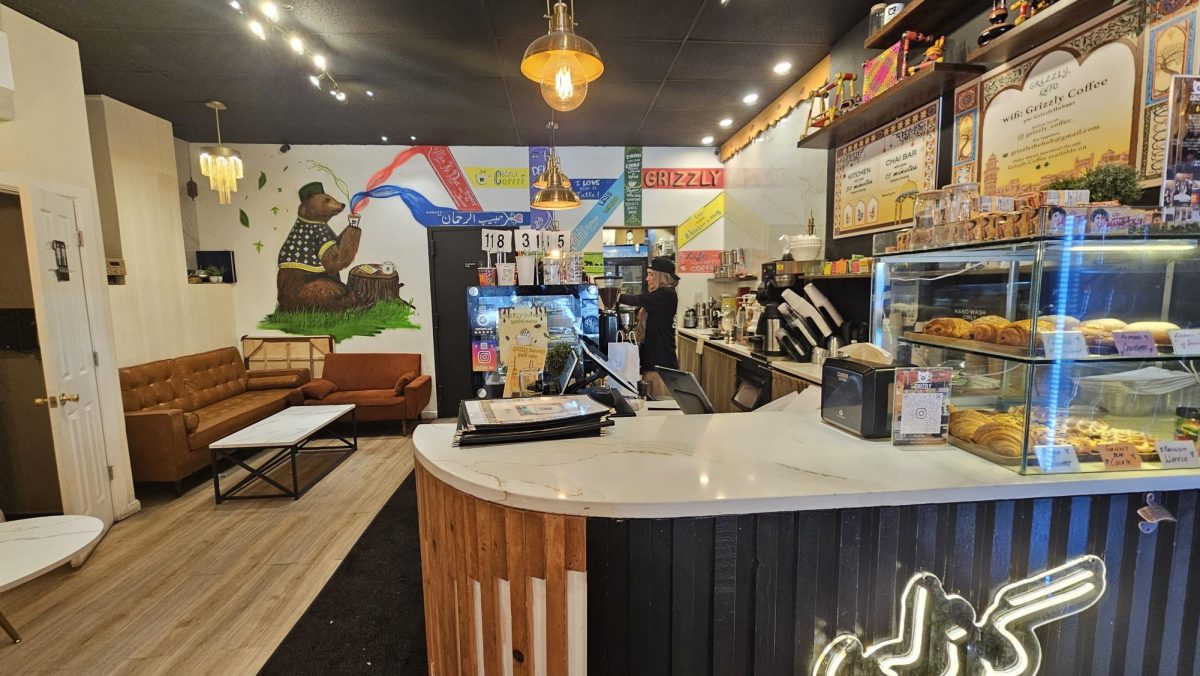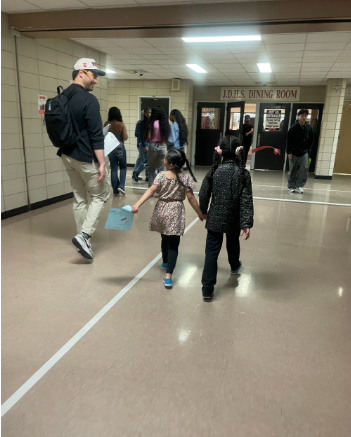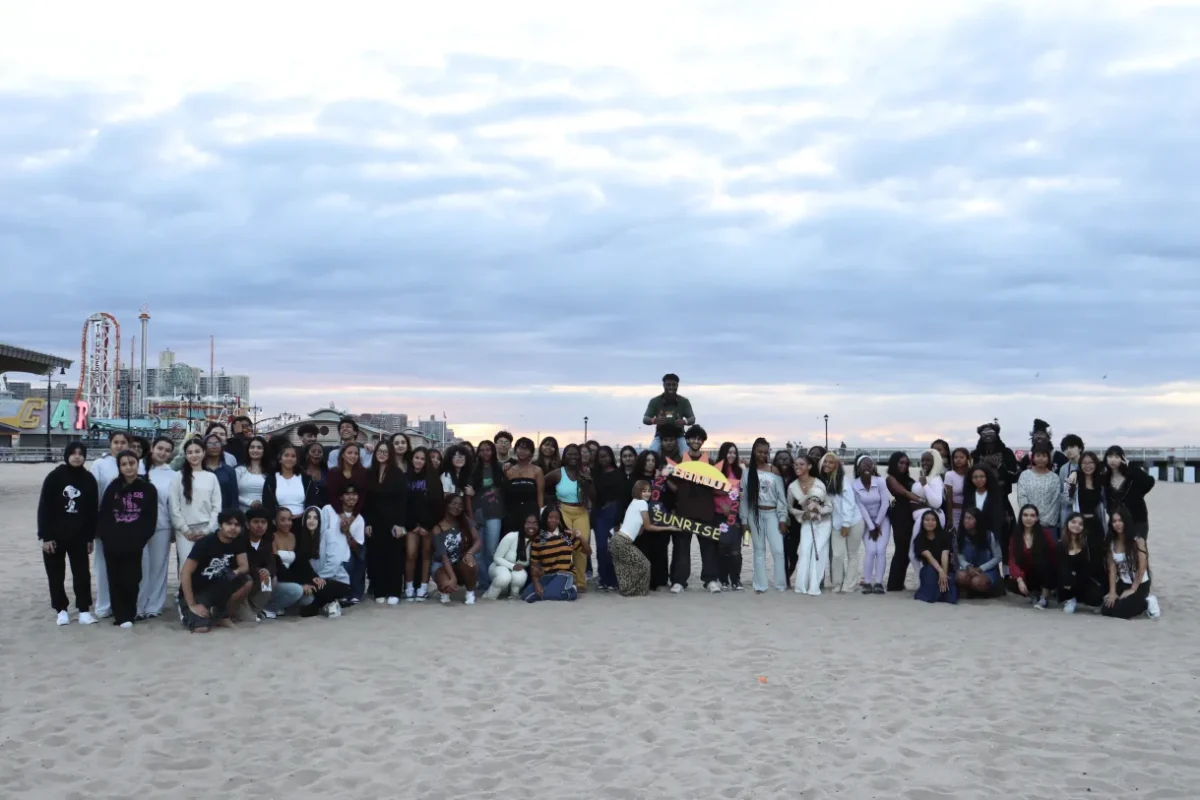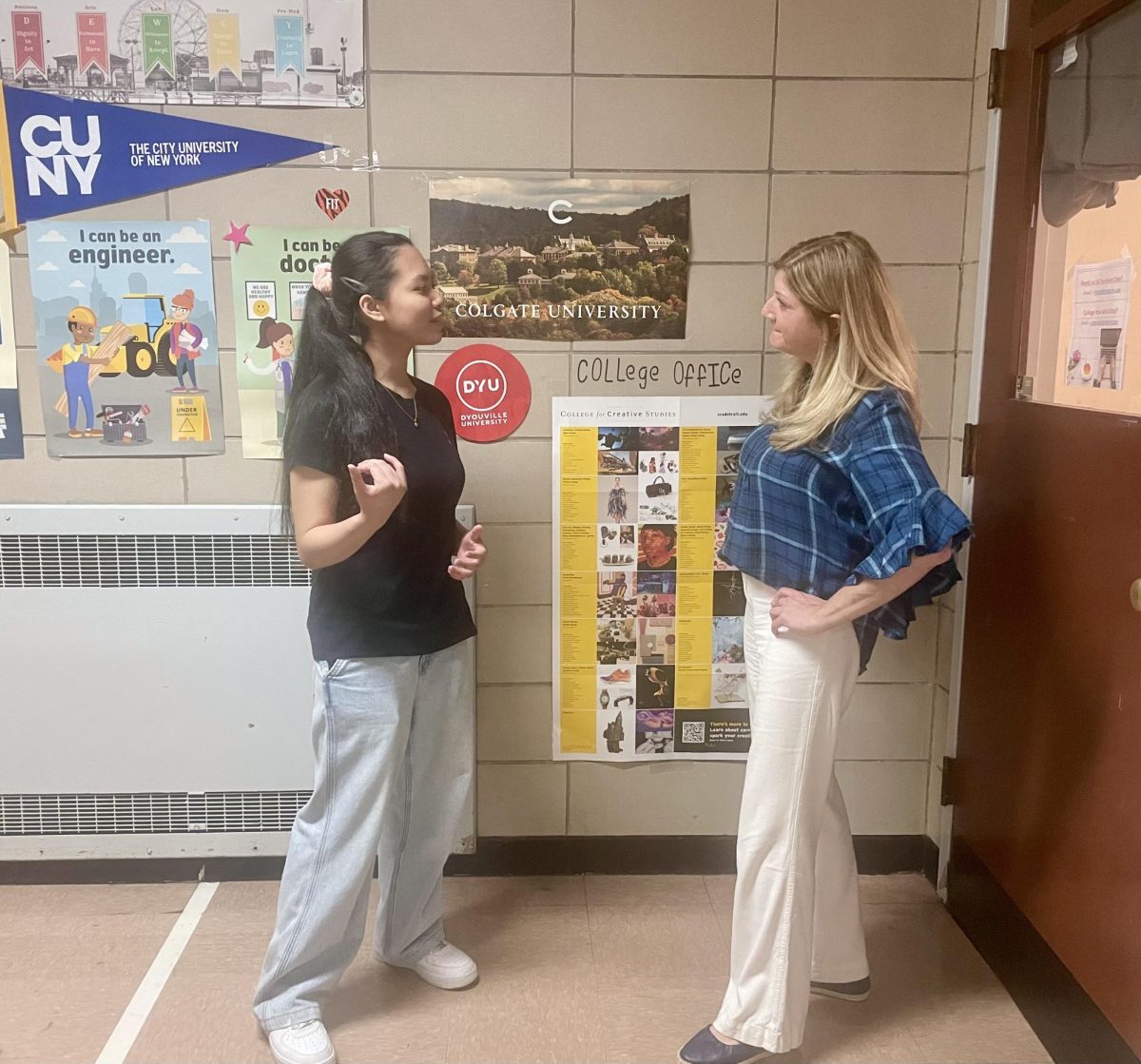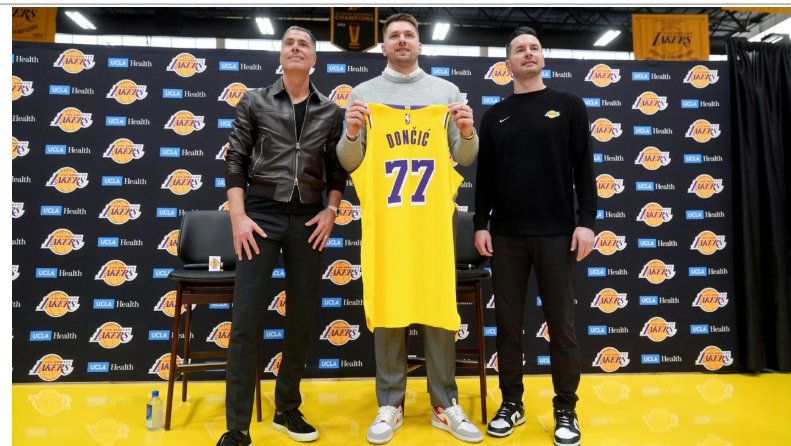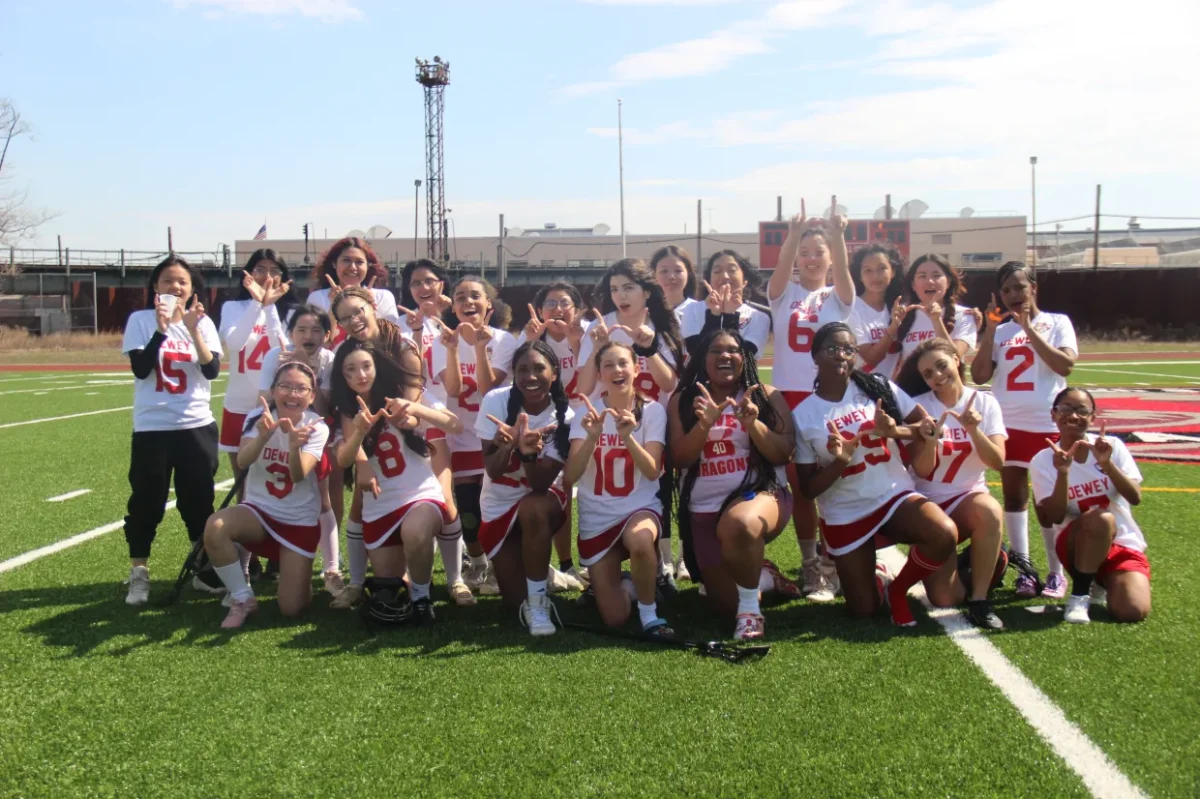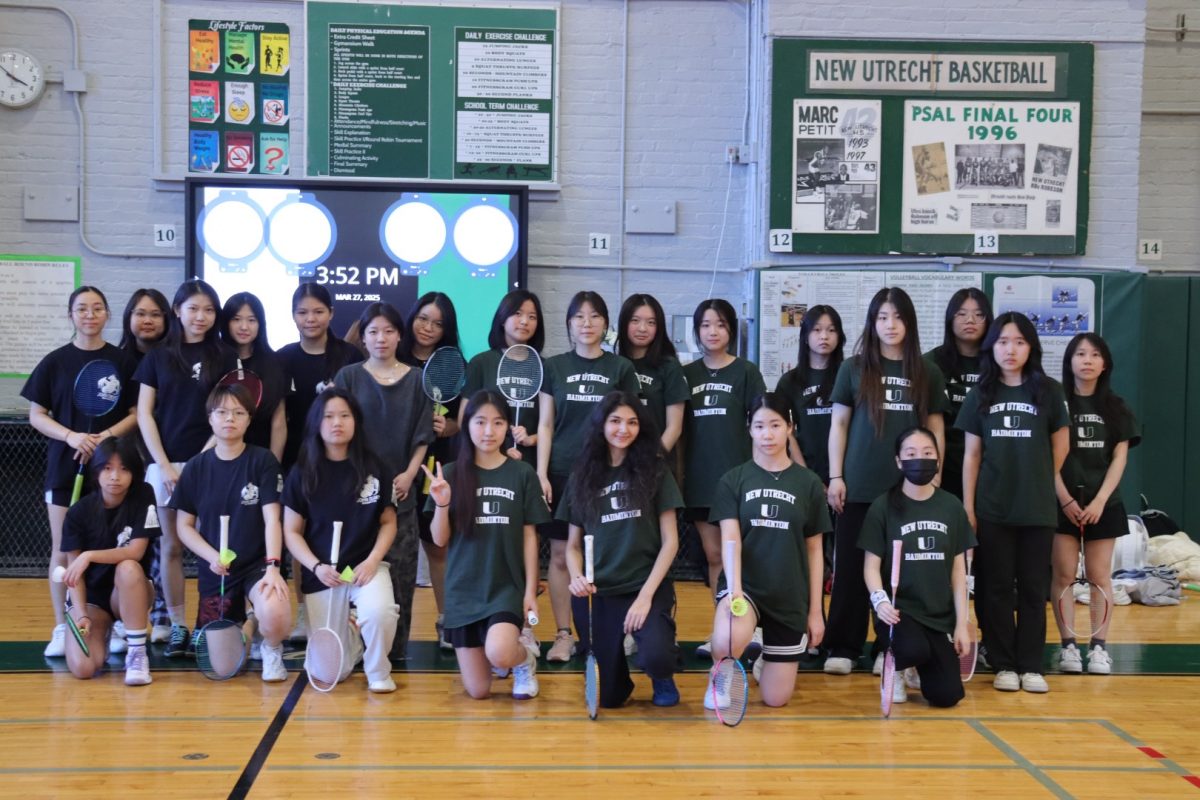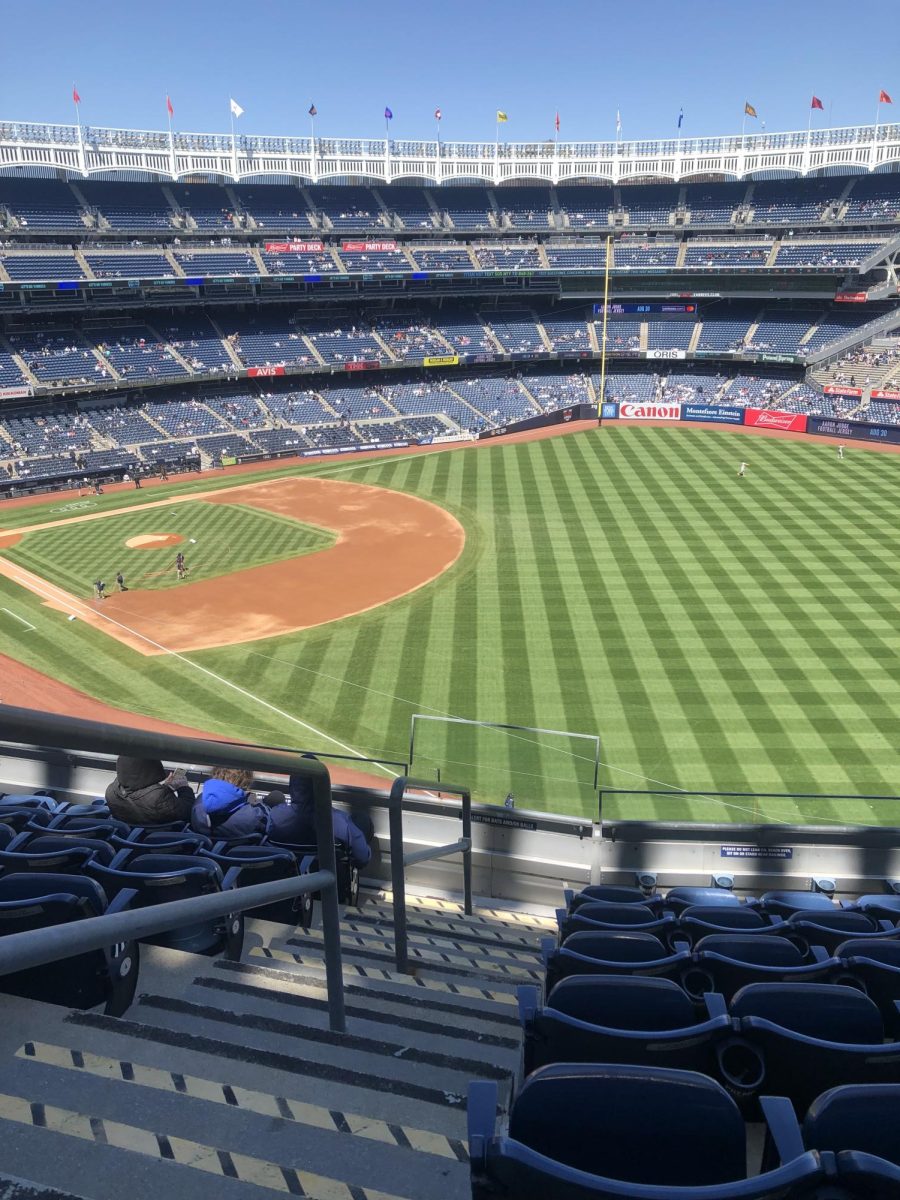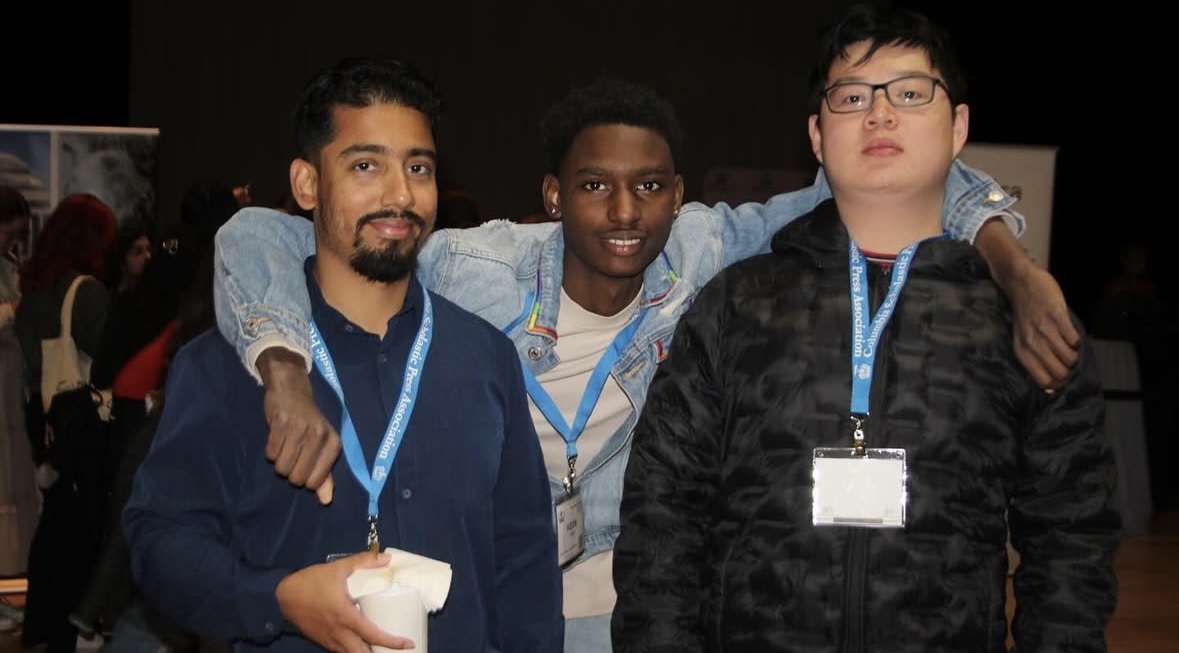Journalists play a major role in informing the public with accurate and timely information through gathering and reporting information. The main purpose of journalists is to display different perspectives, but most importantly–the truth–to the public. Teen journalists will continue to sharpen their skills, receive paid internship opportunities, and grant money to grow Dewey’s media through their acceptance to the Journalism For All NYC program.
Journalism For All NYC is an exclusive program that seeks to relativize journalism education in New York City public schools. The program only accepted 30 high schools across the five boroughs, making this program highly selective. High school students would be able to access journalism experiences earlier through this program, which helps them navigate through future career opportunities. How will John Dewey High School’s acceptance into this program help the expansion of journalism within the community?
“I feel extremely grateful that not only we got accepted, but that the administration at the school encouraged me to apply” said Mr. Inoa, the journalism adviser at John Dewey High School. “I felt like that showed that the school really believes in what we’re doing here with journalism.
“The culture, the sustainability, the student leadership,” Mr. Inoa added. “I think all those elements will be augmented as a result of being accepted into this program”.
With journalism being fairly new in John Dewey High School, the school’s acceptance into the Journalism For All NYC program marks a significant accomplishment. The school administration encouraging Mr. Inoa to apply to the program shows that the club’s efforts are being recognized to become something even greater. However, how has the club’s efforts reached the school body?
“When me and Ms. Kong first started the We Outside club, a number of students would come to interview us, so that’s when I began to know about his journalism club” said Mr. Prempeh, a dean at John Dewey High School. “They came and I saw the students with cameras, videoing, shooting videos in preparation for a documentary and I saw essentially how much it grew.
“I was very impressed when I compared the current interviews to last year,” Mr. Prempeh added. “I saw tremendous growth, and now that I have the fortunate honor of teaching with him, I think it’s an amazing thing and I mentioned to him the other day that he’s establishing a legacy with journalism at John Dewey”.
With journalism being fairly new at John Dewey and not even having its own department like math and social studies–Mr. Inoa and the journalism club members have succeeded a lot in such a short amount of time. However, the Dragon’s Den Newspaper seems to be mostly relevant with the seniors who take the journalism elective, not the whole student body. What could the journalism club improve on to spread influence?
“I think journalism is becoming more relevant to students and teachers” said Karen Lin, the journalism editor-in-chief at John Dewey High School. “I feel like there’s more progress because between Inoa and Sakib, I know they’re trying to make partnerships for Journalism For All, and they set up an instagram for the journalism classes, which I think is really nice to bring more publicity and more attention.
“I would like more of a push for advertising for the articles because I don’t think enough teachers even know about it, let alone the students,” Lin added. “It’s very important because there are hundreds of things happening within this building that I think not enough students know about, not enough students stay after school to really care about it and to benefit”.
Many students get their news from social platforms such as TikTok and Instagram. The journalism club tries to find ways to format news that is palatable to young adults, spreading their influence partnering with Project PIVOT and Connect with Kids to make podcasting and documentaries about Dewey voices possible. This also goes towards expanding their definition of what journalism is–it extends to the variety of roles offered in the club–journalism isn’t just solely writing.
“Just like yearbook with Ms. Alteon, I believe they have multiple roles as well,” Mr. Inoa said. “We feel that journalists should all have different roles because there are some students who excel with reporting, other students who excel with photography, but then also what’s nice about having a digital newspaper is that we can utilize students who excel with coding and digital design.
“In addition to that because a newspaper has different sections, you could have an editor for each different section, you could also be a proofreader,” Mr. Inoa added. “Maybe you don’t love writing, but maybe you excel with peer review, we need those kinds of people in journalism as well. And also, I want to shout out our student artists here, we need y’all, we would love a student comic strip in the newspaper. My message to students might just be overall that you would be surprised with the amount of roles we would need in the newspaper”.
Journalism isn’t just solely having to report and write on current events. There is a diverse amount of roles in journalism that makes the purpose of journalism possible. These opportunities also allow students to explore their future career options.
“The thing in life, especially when you speak about young adults, is exposure,” Mr. Prempeh said. “The saying is ‘You don’t know what you don’t know’. And so, you know, it’s very possible that most students haven’t thought about journalism, but now that they’ve gotten this taste, even if it’s one or two students that go on to pursue a career in journalism, I think it’s an amazing thing.
“When Mr. Inoa spoke about the internship yesterday, it was great,” Mr. Prempeh added. “I really hope if we can just get a handful of students who apply to those internships, I think that’d be a great thing”.
While the journalism club has already created various opportunities for students to contribute their unique talents, the Journalism For All NYC program promises to expand these possibilities even further. With new resources and support on the horizon, what specific goals does the journalism club have for the future?
“I would love to expand the website to feature our podcast and any sort of visual media that we might do in the future,” Mr. Inoa said. “For example, I see other schools post YouTube videos–lives of their lacrosse games–soccer games–I would love to get to that point with our newspaper. I would also love to expand the documentary aspect of the class as well.
“I really want to create a vibe in our room. I feel like if you walk into my classroom and you feel it’s less of a classroom and more like a newsroom, I feel that will curate the kind of vibe that I want from students,” Mr. Inoa added. “Like, where they want to spend time in the room because it’s not just a place they can get work done, but it’s also a place they feel comfortable–speaking to other reporters–or pitching ideas–or just being themselves. So, I’m just looking for anyone that wants to be themselves authentically because there’s a place for you in journalism, and hopefully another thing I’m aspiring to is a way that visually sort of matches them”.
The young journalists and individuals working behind the Dragon’s Den with Mr. Inoa guiding the pen is what makes the purpose of journalism possible in the school community. What does this reflect in the expansion of journalism in John Dewey High School?
“I think journalism is here to stay,” Mr. Prempeh said. “I think that’s clear by one–the documentary that Inoa worked with an outside firm to create–and equipment that has been purchased. “And again, a beautiful thing, going back to what I said about legacy, is the work that Inoa has put in,” Mr. Prempeh concludes. “It’s work that when he’s long gone, I foresee it staying and living on. That’s a part of his legacy here at Dewey”.
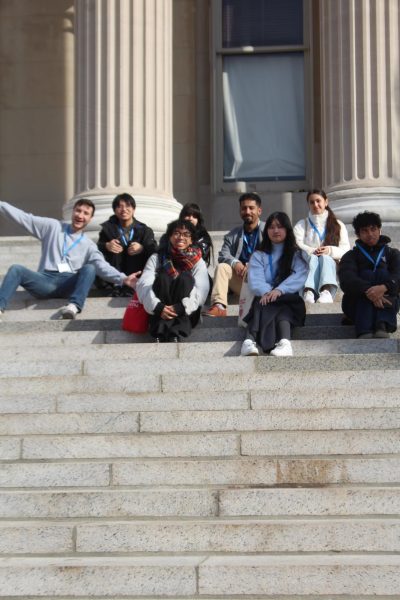
The journalism club outside Columbia University.

